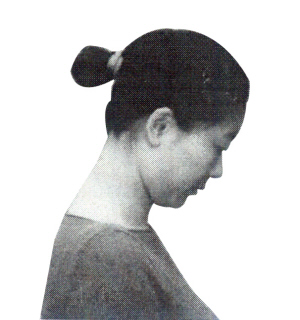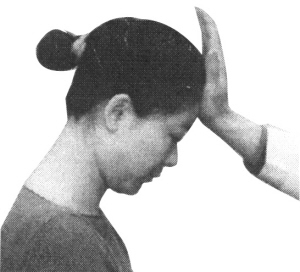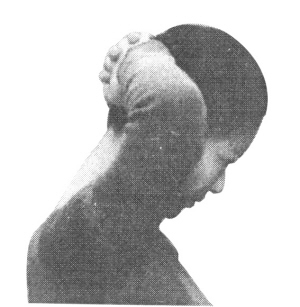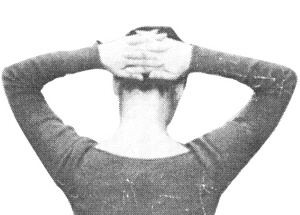Address: Beijing's xizhimen south street, xicheng district
The British garden 1 floor. Room 824
Zip code: 100035
Telephone: 010-58562339
Fax: 010-58562339
Email address: cngjzj@163.com
Web site (click on the url link directly left) :
http://www.cngjzj.com/
Blog (click on the url link directly left) :
http://blog.sina.com.Cn/CNGJZJ
To xizhimen south street, xicheng district building to the British garden route
L airport line 1
Take the airport shuttle from the airport, the dongzhimen station transfer to metro line 2 to xizhimen direction and get off at xizhimen station, from C outbound, go straight to the east 100 meters on the right side to xizhimen south street, north to walk to the t-junction namely to the British garden 1 floor downstairs.
L airport line 2
From the capital airport take airport bus to xidan, get off at no.22, take a taxi to xizhimen south street English garden 1 floor.
L bus subway near:
106 bus GuanYuan: 107 road, express way
Bus: xizhimen south road 387, 44 road, inner ring 800, 816 road, inner ring 820, 845 road
Che zhuang: subway line two
Xizhimen subway: metro line 2
Buses and attempts: 107 road, 118 road, 701 road
Buses and north zhuang: 209 road, 375 road, 392 road
 Your position is:
Home >>
Chinese health 中医保健 >>
Family health medicine 家庭
Your position is:
Home >>
Chinese health 中医保健 >>
Family health medicine 家庭
2012年11月29日
 复制链接
复制链接
 打印
打印
 大 中 小
大 中 小
Cervical vertigo patients neck muscle training method
LiZhongShi ShiDongPing The ministry of health the sino-japanese friendship hospital
China's traditional Chinese medicine to

Figure 1

Figure 2

Figure 3

Figure 4
Cervical vertigo is refers to the cervical spondylosis cause to vertigo as the main symptom, may be accompanied by nausea, vomiting, head and neck pain, tinnitus, visual disturbance, sweating, palpitation, shoulder pain, flushing and upper limb numbness wait for a symptom, their performance can show diversity combining form. Studies have pointed out, over 50 patients with vertigo, 50% for cervical vertigo.
Cervical vertebra is the whole spinal flexion and rotation, the largest part of the activity. Around cervical vertebra how group full of elasticity and toughness of muscle and ligament organization of cervical plays a fixed and protection. Cervical physiological features and functional requirements as its high degree of flexibility, and have enough stability, in order to make its can protect spinal cord and nerve and vertebral artery and other important organization, and able to be in 3 d space within the larger range of physiological activities. Because of the cervical spine support structure is much less than the thoracic and lumbar spine and sacral vertebra stable, and in our daily work and life cervical activity largest and most frequent, therefore, vulnerable to injury, degeneration and instability. In addition, in the spine trauma, neck muscles and ligaments stand in the breach to bear all kinds of stress impact, also vulnerable to damage.
Based on the physiological characteristics of the cervical spine, combined with a large number of clinical practice, we observed cervical vertigo in get up, turn over, lower the head, such as Yang head head and neck rotation or body position changes, toil to attack or aggravate, rest or the neck collar external fixation therapy can relieve. We hereby creating easy the neck muscle training methods, and by all my family make a diagnosis and give treatment of cervical vertigo remission patients with cervical muscle guide training (professor redution method), and use we developed by "neck muscle measuring instrument" detection quantitative training, before and after the neck muscle changes and achieved better clinical curative effect. Neck muscle training should be daily early, late each a group, each group training number of times unlimited, is a little sleep in patients with cervical fatigue for degrees, the specific methods are as follows.
Patients sit up a, neck flexion 15 degrees, mandibular micro close, head and neck shoulder natural relaxation.
The sino-japanese friendship hospital orthopedic neck muscle training (professor redution method) diagram
Figure 1 neck muscle training specific position.
Auxiliary use palm root withstand patients the forehead, and with appropriate resistance, patients gradually increase the neck buckling strength to the greatest extent against resistance, to maintain "neck muscle training specific position" constant. 5 seconds to 1 times interval 2 seconds for the next time.
Figure 2 resistance isometric neck flexor training
Patients fingers crossed tightening in occiput, and appropriate with forward resistance, and at the same time, gradually increase after neck extensor power to the greatest extent. To continue to be "neck muscle training specific position" the same, 5 seconds to 1 times interval 2 seconds for the next time.
Figure 3 resistance isometric neck extensor training
Neck muscle training need double palms fixed in the occiput and keep the forearms parallel.
Figure 4 resistance isometric neck muscle training palms, forearm specific position
Isometric training: refer to muscle contraction and muscle fiber not shorten, can increase muscle tension and do not change the length of the muscle movement.
Resistance to Yin force training: it is through additional resistance to the muscles for stimulation, to produce a adaptive hypertrophy, and increase muscle strength of purpose.